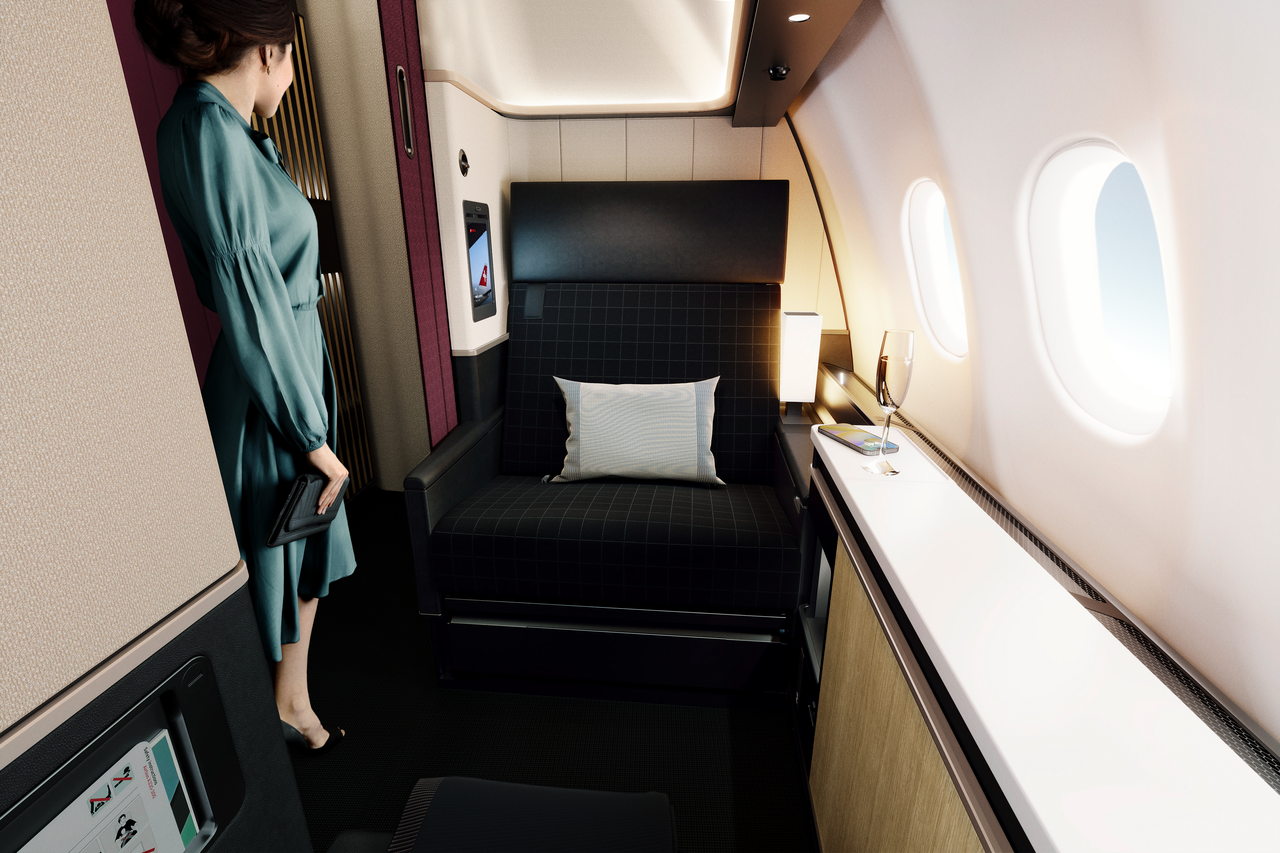First Class Fiasco: Swiss Adds Metal Weights to Rebalance Premium-Heavy Planes

Skift Take
The Swiss are globally renowned for engineering excellence, but its national carrier is placing this hard-won reputation under strain with an almighty design oversight.
Swiss International Air Lines is doing the unthinkable and deliberately adding weight to some of its planes. The culprit? Its new first and business class seats are too heavy creating a potentially serious weight and balance problem.
The location of the first and business class sections towards the front of the plane is making some aircraft ‘nose-heavy’. Swiss is discovering this late in the design process, with extreme measures required.
Metal Plates InstalledThe problem is particularly acute onboard the carriers’ Airbus A330-300 fleet. It’s a model that’s been flying for more than three decades and has a reputation as a reliable workhorse for mid- to long-haul routes. It does however have its limits.
The new premium seats Swiss wants to install on the A330s will disrupt the natural center of gravity on the planes. Instead of revising its 'SW

